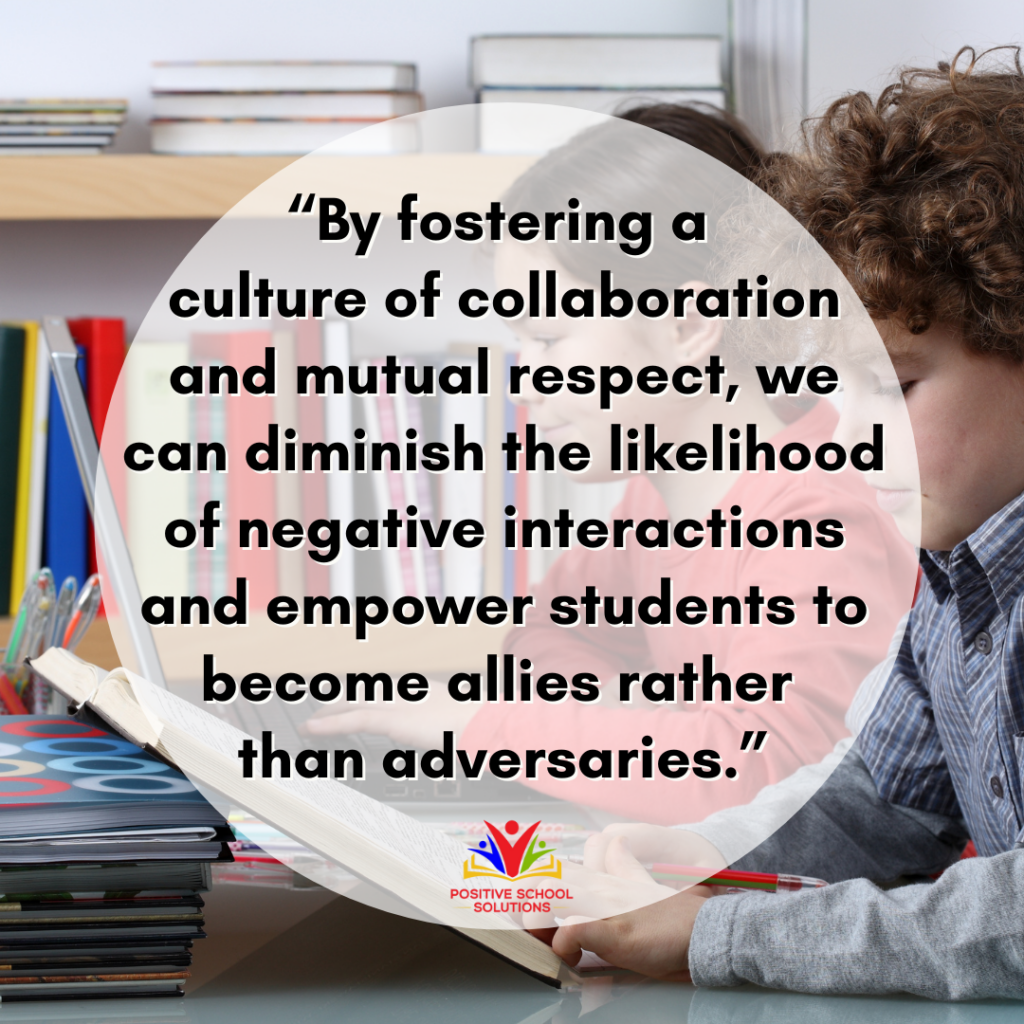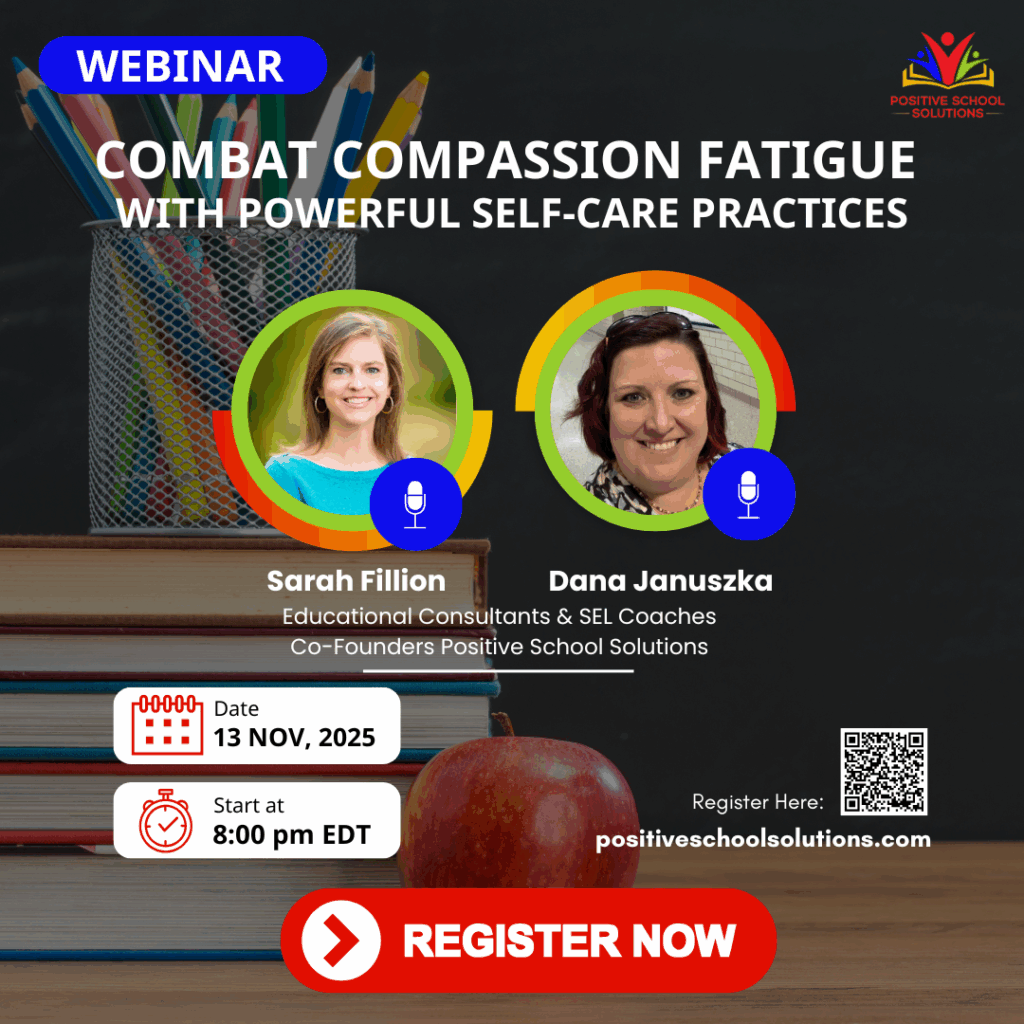
Recently, I had the opportunity to work alongside a dedicated teacher who felt that this school year was her hardest in over 30 years of teaching. As I observed her classroom, it became clear that the demanding curriculum was taking a toll on her students. They were working more like factory robots than vibrant first graders. The pacing guide required them to sit for over 25 minutes at a time, diligently completing worksheet after worksheet.
During one of these intense work sessions, the seeds of bullying began to sprout. The teacher was busy checking in with students one at a time at the front of the room. Meanwhile, in the back corner, something troubling unfolded. A group of students finished their work quickly, leaving them with 11 minutes of unsupervised time. Boredom crept in, and suddenly, one student began targeting another, launching small comments that escalated into an attempt to humiliate a peer. It hurt to witness, and luckily relief came quickly as other classmates intervened.
In our coaching conversation afterward, the teacher and I unearthed an upsetting truth: this relentless pace and emphasis on rote tasks were at the root of many challenges in her classroom. Instead of a supportive community, students were teasing one another, constantly interrupting, and adopting a “fend for yourself” mentality. Talk time was virtually nonexistent, leaving little room for the collaborative spirit we know fosters a positive classroom culture.
We also discovered that by tweaking her lessons to include Dynamic Learning Structures, she could still meet the curriculum objectives while creating an interactive environment. These powerful learning activities are embedded into any type of lesson to allow students to be active and interactive deliberately. Designed as quick instructional strategies, they keep the energy and conversations focused on learning in just 10 to 20 minutes.
Dynamic Learning Structures organize interactions between students and encourage them to collaborate with a variety of classmates. When students regularly engage with these structures across the curriculum, they experience social, emotional, cognitive, and physical benefits. The benefits are clear: students learn more and they enjoy their learning experiences.
One of my favorite Dynamic Learning Structures is called Four Corners. In this activity, the teacher poses a question and provides four responses. Students choose the response that fits them best and move to that corner of the room. Once there, students can engage in a short conversation about their choice. The questions can range from academic topics to social issues—the options are endless!
You can download this FREE resource here, where you’ll find important steps for setting up and concluding the activity, including reflection questions to help students settle their bodies as they prepare for the next task!
In our case, incorporating these structures transformed the classroom atmosphere, fostering a sense of support among students rather than allowing them to clash with their peers. They began to shine, collaborating and caring for each other in ways that had previously felt impossible.
Engaging academic activities are crucial in preventing bullying in classrooms. By fostering a culture of collaboration and mutual respect, we can diminish the likelihood of negative interactions and empower students to become allies rather than adversaries.
If you want to learn more about Dynamic Learning Structures and how to elevate engaging academics as a whole, we invite you to check out our 3-part on-demand course called Strategies for Increasing Academic Engagement.
Written by Sarah Fillion 2024

